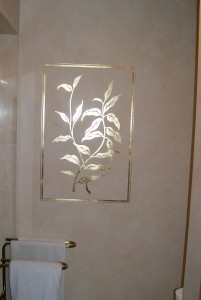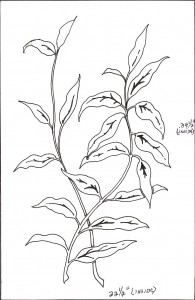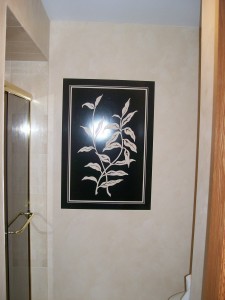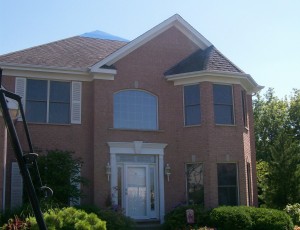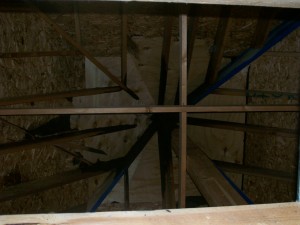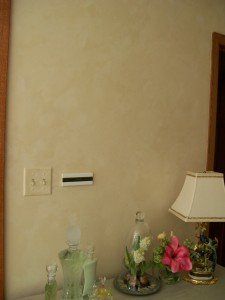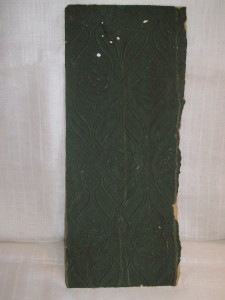We just completed the interior painting of two condos at the Aqua building on Chicago’s lakefront. For many reasons, it was a real pleasure working on this project, one of which was being able to work in such beautiful, air-conditioned surroundings, while Chicago was going through a spell of 90-degree days!
A few weeks ago, I received an email from a good client: “We just purchased two condos in Chicago. Please help us with color selection and the interior painting.” They purchased a 3-bedroom unit on the 69th floor and a 1-bedroom on the 73d floor. The condos’ floors are stained
a dark brownish/blackish color and the bedroom carpeting is a sandy color. The smaller unit is to be occupied by the grown son and the other by the parents and their guests.
In contrast to the traditional décor of their suburban residence, our clients wanted an “urban” look to their condos. This is where the paint color consultation came into the picture. After four hours of consultation with the owners and the son, two different color schemes were arrived at. The son’s painting of John Lennon inspired a “Retro” look for his color scheme, as shown in the picture, with chartreuse, gold and gray as some of his colors. The parent’s condo took on a more “Urban Chique” look, with a rich brown to match the leather couch, taupe tones and gray shades.
Painting in Partnership, a house painting contractor located in the Northwest suburbs of Chicago, stands ready to meet the sophisticated needs of its clients in the both the color selection process and the impeccability of the craftsmanship of its interior painting.







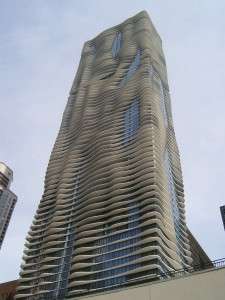
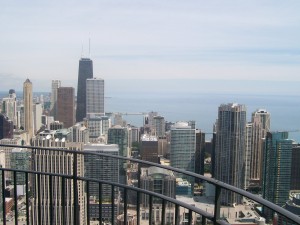
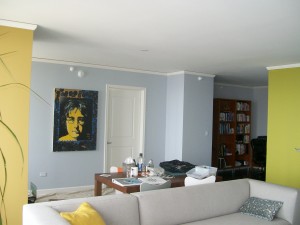
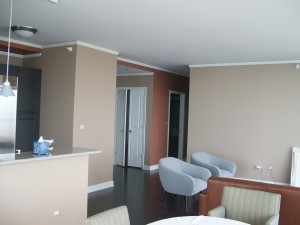
 Follow
Follow

